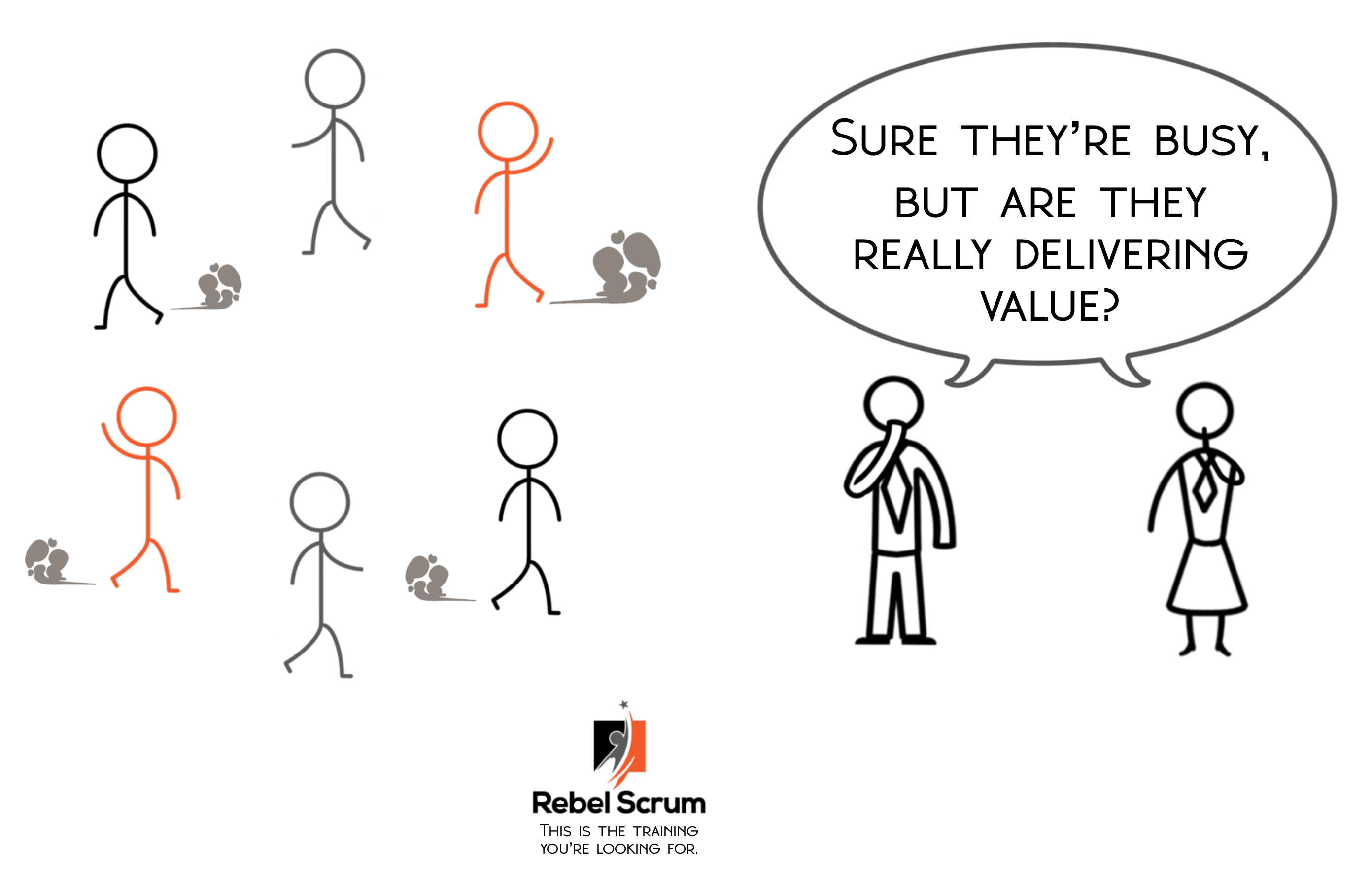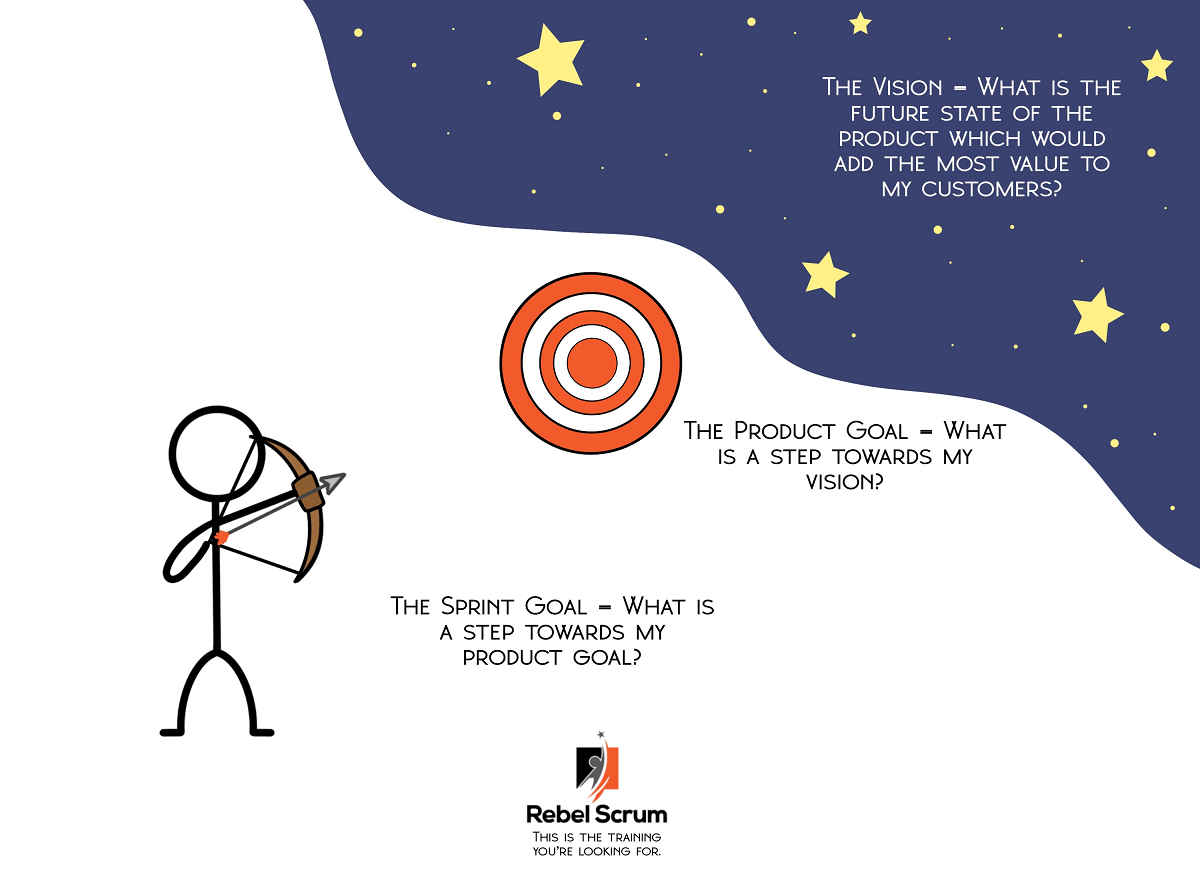Agile coaches have long recognized that busyness does not necessarily equal success. Checking off a to-do list does not mean you are adding value. You might accomplish many organizational tasks, but the activity likely has little benefit if these tasks don’t contribute to the company’s goals, support operations, or customer satisfaction.
According to a recent article in the Harvard Business Review titled "The Busyness Trap," many organizations prioritize how busy employees are over their actual value creation. “Beware a culture of busyness,” says author Adam Waytz, a Kellogg School of Management professor. “Organizations must stop conflating activity with achievement.”
I couldn’t agree more.
As an Agile coach, I’ve worked with many managers who had the team's best interests at heart but sometimes promoted busyness over creating value.
For example, a manager might try to hold their team accountable by measuring the number of work items that each Developer completes. The manager has the right intention—trying to ensure everyone contributes. They don’t want star performers carrying the weight for lackluster employees.
It may feel right, but it’s not the most effective technique.
An emphasis on output-based metrics that measure busyness can have negative consequences. When managers closely monitor the number of tasks the team completes daily, Developers respond logically by creating a series of repetitive tasks that all refer to the same essential work. This way, they can close one job per day. But are they achieving something worthwhile? Probably not. Instead, they have created lots of administrative work with little gain to show for it. This “hands-on keyboards, butts-in-seats” mentality is not a strategy for high-achieving teams.
According to the HBR article, “Research indicates that when organizations overload employees, base their incentives primarily on the amount of time they work, and excessively monitor their activities, productivity and efficiency actually drop.”
Instead of monitoring busyness, organizations should refocus their teams on value and measure success based on outcomes. Managers should focus on growing the maturity of the Agile teams and ensuring they have the information and environment they need to succeed.
How can leaders help Agile teams succeed?
Leaders can help teams focus on value by asking the right questions. For example:
- Is the product clearly defined? Does the team know who their customer is and what value they are providing to them?
- Is the team measuring that customer value?
- Is there a product vision that describes its desired future state?
- Is the vision in alignment with corporate objectives?
- Is the team measuring progress toward the Product Goal and validating value delivery with frequent releases?
The answers to these questions help the leader understand whether the product is clearly defined and whether the team is focusing on the right work to maximize the product's value.
Leaders should also focus on the Agile maturity level of team members, observing team dynamics and performance, for example.
Assess if team members:
- Understand the Scrum framework
- Deliver a done increment that meets the Sprint Goal every Sprint
- Collaborating effectively
- Measure value for the customer and adapt based on customer success measures
- Hold each other accountable for value delivery
Conclusion
Agile leaders play an essential role in the effectiveness of Agile teams. Those promoting a culture of busyness often do so at the expense of adding value. As supported in a recent Harvard Business Review article cited above, evaluating success based on activity output instead of what value those activities deliver can harm the bottom line, lower staff engagement, and even increase absenteeism. Leaders mean well but ultimately hurt team success by favoring busyness for the sake of busyness.
To learn more about how leaders can monitor and promote the maturity level of Agile team members, signup for Rebel Scrum’s Professional Agile Leadership (PAL) course. Half-day classes are available.
1 Waytz, Adam. “The Busyness Trap”. Harvard Business Review. March-April, 2023.


